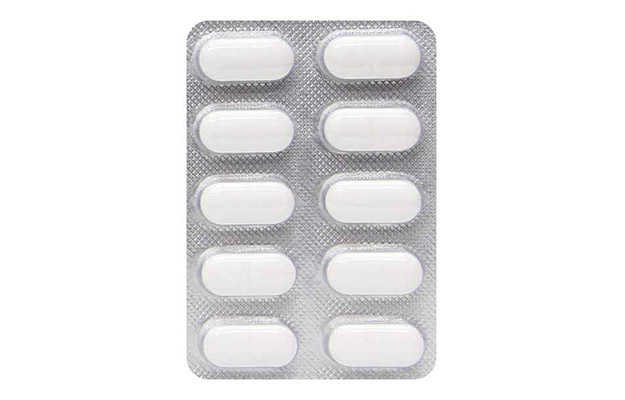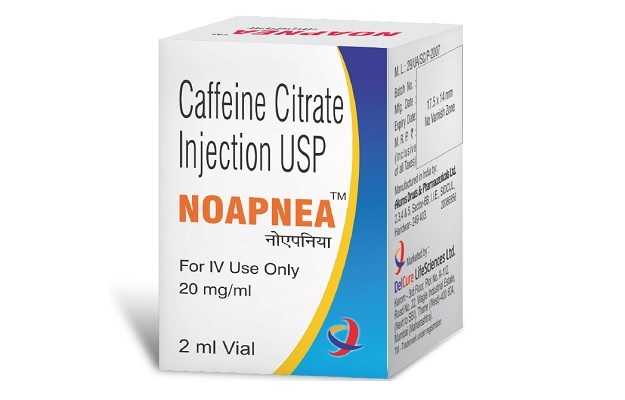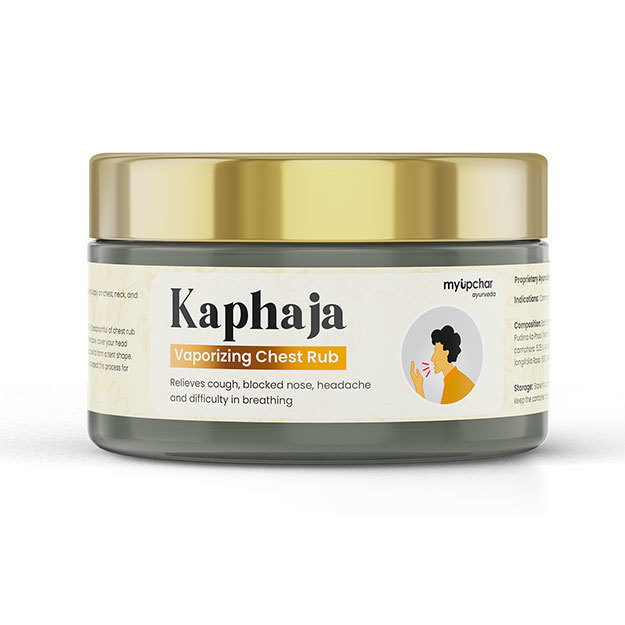Apnicaf 1 ml Injection (1) is a commercial drug that is prescribed in the form of Injection. Primarily, it is used for the treatment of Migraine, Respiratory Distress Syndrome. Other than this, Apnicaf 1 ml Injection (1) has some other therapeutic uses, which have been discussed ahead.
The optimal dosage of Apnicaf 1 ml Injection (1) is largely dependent on the individual's body weight, medical history, gender and age. Dosage also depends on the route of administration and your chief complaint for which the drug is prescribed. For detailed information on this, read through the dosage section.
Besides the aforementioned side effects, there are other adverse effects of Apnicaf 1 ml Injection (1) as well, which are listed below. Such side effects of Apnicaf 1 ml Injection (1) normally do not last long and go away once the treatment is completed. However, if these continue for a longer time, consult your doctor right away.
It is also important to note that Apnicaf 1 ml Injection (1) has a Mild effect for pregnant women and Mild effect on lactating mothers. It is important to know if Apnicaf 1 ml Injection (1) has any effect on the kidney, liver and heart. Information on such adverse effects, if any, has been given in the Apnicaf 1 ml Injection (1) related warnings section.
Apnicaf 1 ml Injection (1) can cause adverse effects in certain medical conditions. It is strongly recommended to avoid Apnicaf 1 ml Injection (1) in conditions like Peptic Ulcer, Heart Disease, Liver Disease. Other contraindications of Apnicaf 1 ml Injection (1) have been discussed in the sections ahead.
Drug reaction of Apnicaf 1 ml Injection (1) with other medicines has been reported. See below for a complete list.
You should also be aware that Apnicaf 1 ml Injection (1) is safe while driving, and is addiction.
X








